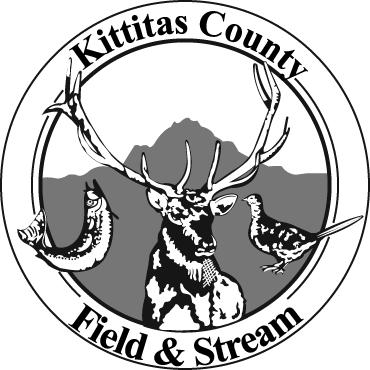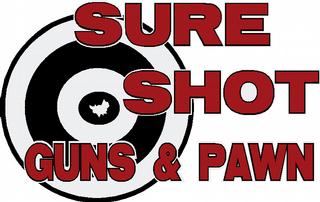It was another off-Reecer Creek meeting of the Reecer Creek Rod, Gun, Working Dog & Outdoor Think Tank Benevolent Association. The primary agenda item was “The Big One,” a la last week’s headline in this rag about our coming earthquake adventure. I was suggesting that the single most important thing a family might do to take care of itself – once enough emergency supplies were laid in to last at least two or three weeks – was to get trained, licensed and geared up for amateur radio, and become an active HAM family.
Homey Tom looked at me for a long moment. “HAM radio? That’s your idea for keeping a family safe? How?”
“Well, let’s see,” I smiled.
It was easy. Plenty of examples have been in various news outlets over the past few years, with several recent examples of the value of amateur radio right here in Paradise.
A few years back, Diane (W7IJD) and I (KF7ALO) drove to Seaside, Oregon, to attend Sea-Pac. This is the annual long weekend convention of the Northwestern Division of the American Radio Relay League (ARRL), our US national organization of amateur radio operators. We went to learn more about our hobby and its tools and techniques, and came back with a heightened appreciation of the role ham radio plays in the lives of Americans. Most seminars focused on building gear and connecting with fellow HAMS, but I quickly discovered that a large number of them were about emergency preparedness and emergency management.
The Saturday evening banquet speaker was Paul Linnman, a 40-year broadcaster at KATU TV2 in the Portland area. You probably know about Paul – he is famous in the world because he is the guy who brought you the Oregon Coast exploding whale story in fall of 1970. There may be 1,500 web sites featuring the hilarious video (the YouTube site alone has 1,000,000+ hits). Paul lamented a distinguished career still defined by his 20-something-self covered with rotting whale blubber falling from that 1970 sky. He then spoke glowingly of the times ARES/RACES (Amateur Radio Emergency Services/Radio Amateur Civil Emergency Services) HAMs saved lives and kept people in touch when storms and earthquakes wiped out other communication.
Turns out that in most rural areas in the country, HAM radio operators really are the emergency backup communication plans. Here in Paradise, several mock disaster exercises have included amateur radio operators at key locations around the valley. In that “mustard gas mock disaster” at the Fairgrounds a few years back, more than 400 people from across the state polished skills and made it work. This was arguably the biggest mock disaster exercise in Eastern Washington history. You guessed it; 18 HAMs were in the middle of it all. After the recent Oso disaster, HAMs carried out critical communication services for family, friends and community.
For decades, seasonal flooding and fires in the valley have brought together HAMs reaching out to those who’d lost communication and others close enough to problems to help. Through it all, members of the Rodeo City Radio Club and the Upper Kittitas County Amateur Radio Club were involved in preparations to handle emergency communication as needed. Others who might help with issues out in the county were standing by.
Think about it. When that big earthquake hits – and it will – communication networks will be in a shambles. A million or more people will be headed this way, with limited ability to reach out to family and friends. Our emergency preparedness folks are developing sound plans for getting those West Side refugees out to staging areas in the Basin, but you are going to want to reach out to your people.
HAM radio is decentralized. Take your radio and equipment into your yard, to the nearest shelter or onto dry ground. Set up your antenna, plug it into your radio and find whoever you need. You may have a mobile setup in your car. In an emergency, there will be other HAMs helping. After some pretty basic training, a licensing exam, and a little practice, you will be able to reach out to other licensed HAMs in your neighborhood or across the planet.
Anyone who can get a license will have a call sign and be able to work radio contacts. There are three levels of licensing: technician, general and extra. We have two radio clubs in the county with regular monthly meetings. Similar clubs will be found almost anywhere you might go, with coaches, classes and plenty of opportunities to play HAM radio.
Cost varies, but you can be into a decent handheld radio and antenna for well under a couple hundred bucks. For bigger bucks, you can set up a home station and antenna tower. Check it out for yourself at Amateur Electronic Supply (www.aesham.com) and the Ham Radio Outlet (www.hamradio.com). You will also find books and CDs for any level of license study. ARRL (www.arrl.org) has a wealth of info about classes, online sample tests, clubs and much more. Need a personal touch? Call the president of the Rodeo City Radio Club at 509-933-4051.
Your family can be far better prepared for what lies ahead. It’s fun, too.




